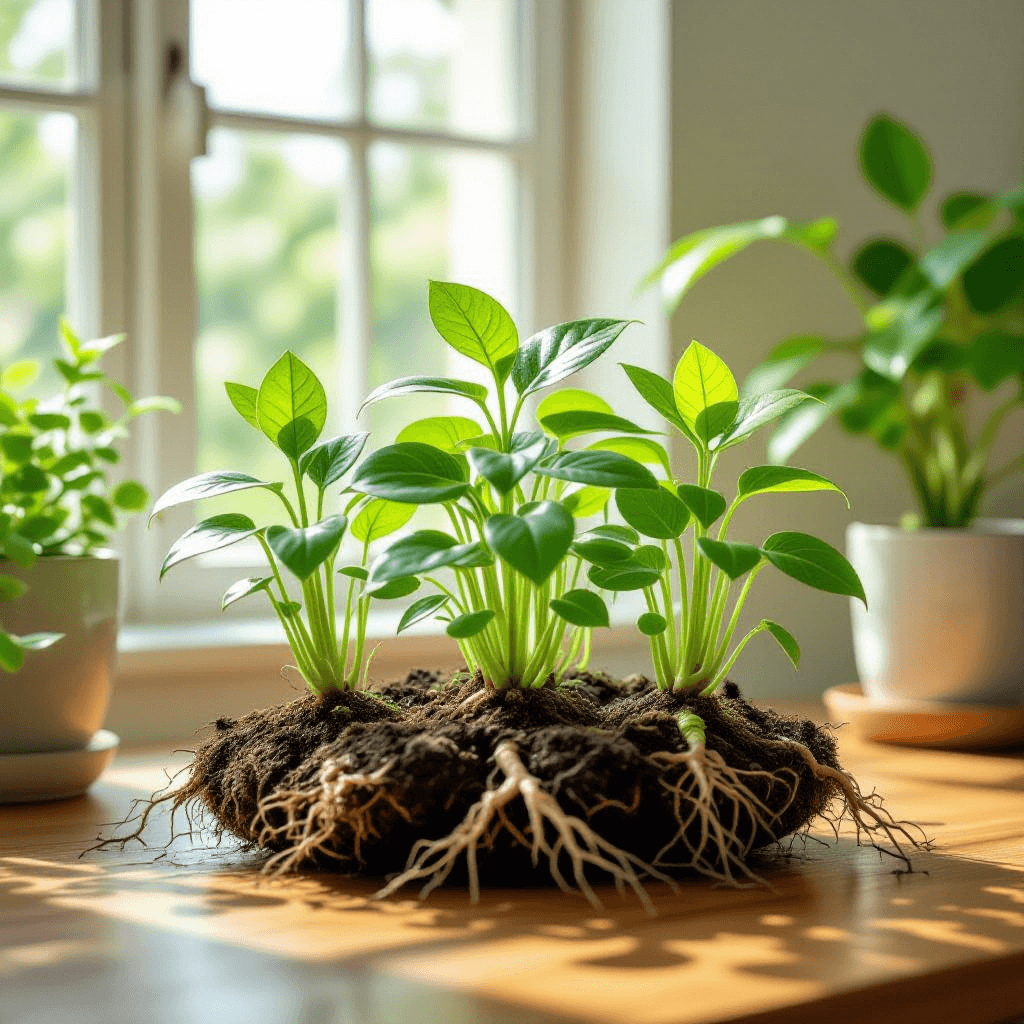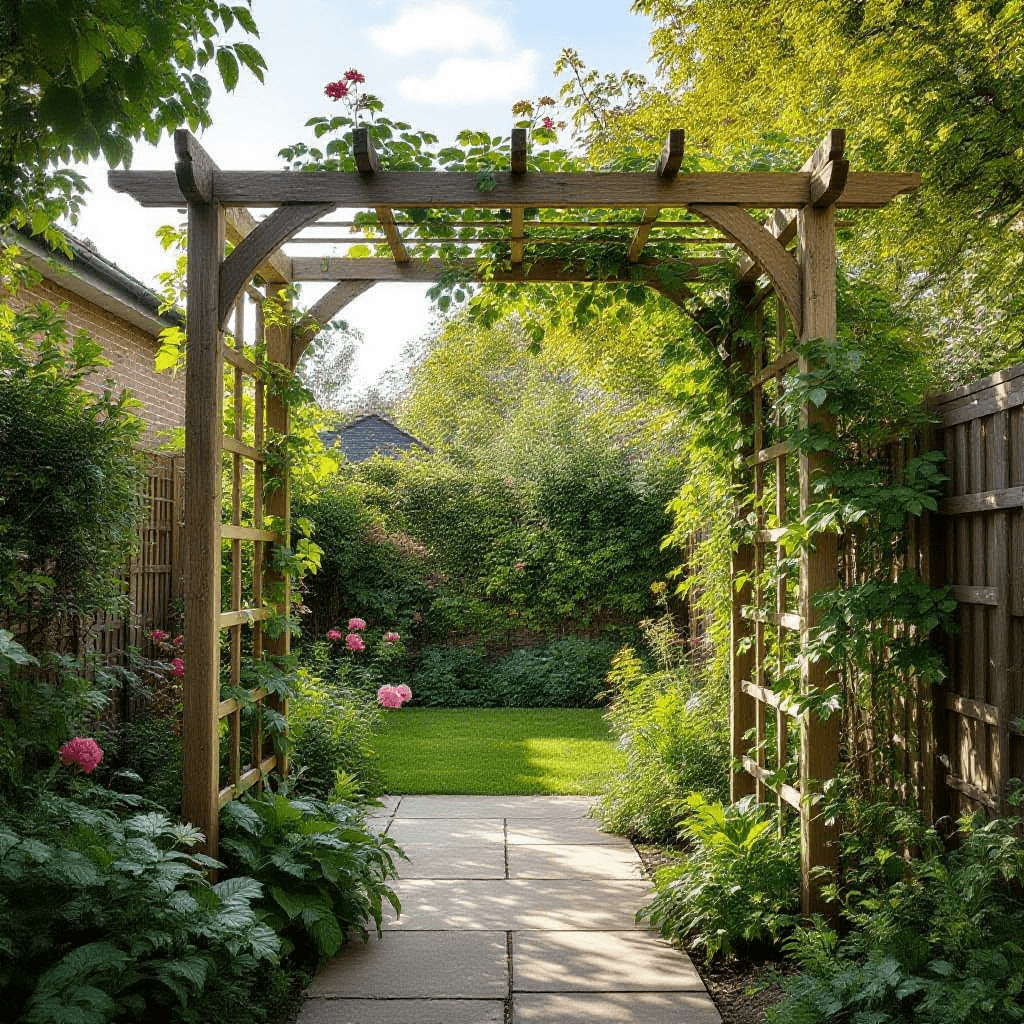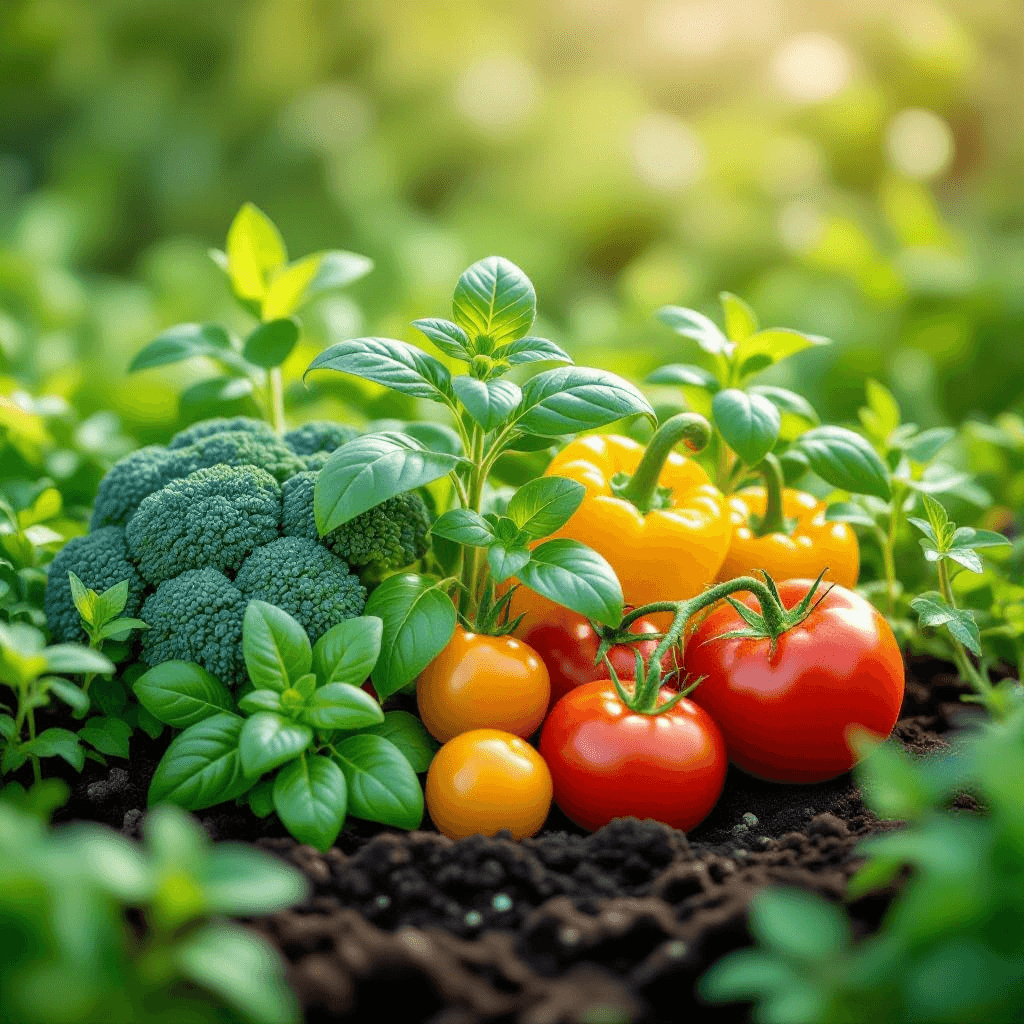Propagating plants from cuttings is a rewarding and cost-effective way to expand your garden or share your favorite plants with friends. This method allows you to create new plants identical to the parent, preserving its unique characteristics. Whether you’re a seasoned gardener or just starting out, this beginner’s guide will walk you through the process of successfully propagating plants from cuttings.
1. Understanding Plant Propagation
Plant propagation from cuttings involves taking a section of a parent plant and encouraging it to grow roots, creating a new, independent plant. This method is suitable for many plants, including herbs, shrubs, and perennials.
2. Choosing the Right Plants for Cuttings
Not all plants propagate well from cuttings. Some of the best candidates include:
- Herbs: Mint, basil, rosemary, and lavender.
- Shrubs: Hydrangeas, fuchsias, and azaleas.
- Perennials: Geraniums, penstemon, and salvia.
- Houseplants: Pothos, philodendron, and snake plants.
3. When to Take Cuttings
The best time to take cuttings is during the active growing season, typically in spring or early summer. This is when plants are most vigorous, and new growth is occurring. Avoid taking cuttings during periods of extreme heat or cold.
4. Preparing for Propagation
Gather your tools and materials:
- Sharp, clean pruners or scissors.
- Rooting hormone (optional, but helpful).
- Small pots or trays.
- Well-draining potting mix or perlite.
- Plastic bags or cloche for humidity.
- A warm, bright location out of direct sunlight.
5. Taking the Cuttings
- Select healthy stems: Choose stems that are free of disease and have not yet flowered.
- Cut at a 45-degree angle: Make a clean cut just below a node (where leaves emerge). The angle increases surface area for rooting.
- Remove lower leaves: Strip off the lower leaves, leaving a few at the top. This reduces water loss and prevents rot.
- Optional rooting hormone: Dip the cut end in rooting hormone to encourage root growth.
6. Potting the Cuttings
- Prepare the pots: Fill small pots or trays with well-draining potting mix or perlite.
- Insert the cuttings: Make a small hole in the mix and gently insert the cutting, firming the mix around it.
- Water lightly: Moisten the mix, ensuring it’s damp but not waterlogged.
7. Creating the Right Environment
- Humidity: Cover the pots with a plastic bag or cloche to create a humid environment. This helps prevent the cuttings from drying out.
- Light: Place the cuttings in a bright location, but avoid direct sunlight, which can overheat the plastic covering.
- Temperature: Maintain a consistent temperature between 18-24°C (64-75°F).
8. Caring for Your Cuttings
- Monitor moisture: Check the cuttings regularly and water sparingly, ensuring the mix remains damp.
- Ventilate: Remove the plastic cover for short periods to allow fresh air in and prevent mold.
- Be patient: Root development can take anywhere from a few weeks to a month or more, depending on the plant type.
9. Transplanting Rooted Cuttings
Once the cuttings have rooted (you can gently tug to feel resistance), they’re ready to be transplanted:
- Prepare larger pots: Fill pots with a well-draining potting mix.
- Transplant carefully: Gently remove the rooted cuttings and plant them in the new pots, firming the mix around them.
- Acclimatize: Gradually introduce the new plants to more light and lower humidity over a week.
10. Common Issues and Solutions
- Wilting: May indicate overwatering or too much sun. Adjust watering and move to a shadier spot.
- Mold: Excessive humidity can cause mold. Increase ventilation and reduce watering.
- No rooting: Some plants may take longer to root. Be patient and ensure consistent care.
11. Success Stories: Plants That Root Easily
- Pothos: Almost foolproof; roots in water or soil.
- Basil: Quick to root in water or soil.
- Geraniums: Easy to root from stem cuttings.
- Mint: Roots readily in water or soil.
Propagating plants from cuttings is a satisfying way to expand your garden and share your green thumb with others. With a little patience and the right techniques, you’ll be well on your way to creating a thriving garden full of your favorite plants. Happy propagating!


